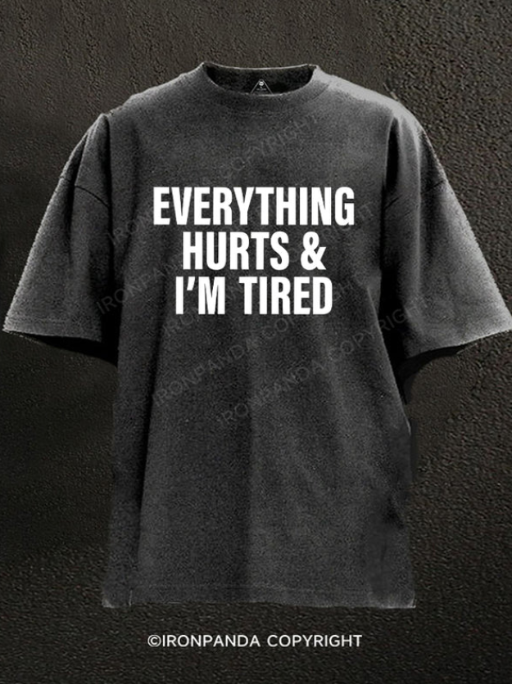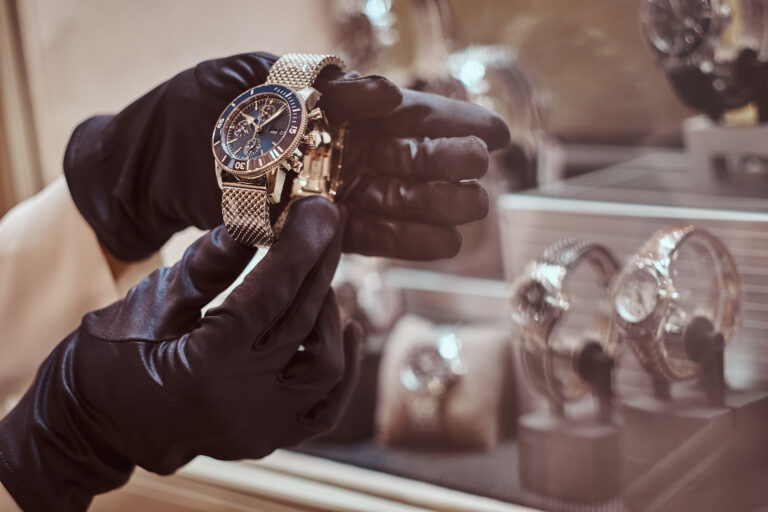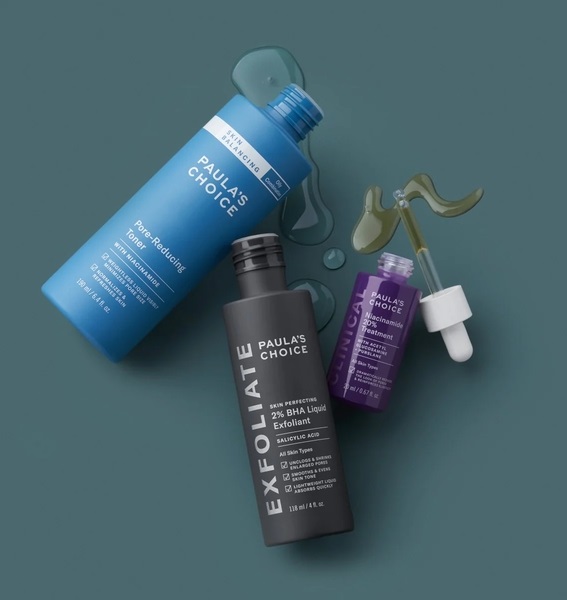5 red flags to avoid when buying a second hand Chanel handbags
Purchasing a second-hand Chanel handbag combines luxury with affordability, but counterfeit products and undisclosed flaws often deceive buyers. Misleading listings and poor craftsmanship can turn a dream purchase into a costly mistake. Learn how to spot critical warning signs and secure an authentic investment.
Suspicious pricing : when a deal seems too good to be true
The price of a second hand Chanel handbags often reflects its condition, rarity, and authenticity. Bargains that deviate significantly from market averages should raise immediate concerns. For example, a Classic Flap listed at half its typical resale value likely signals a counterfeit or damaged item. Sellers may use low prices to attract buyers quickly, but authentic Chanel bags retain value due to their craftsmanship and brand prestige.
Researching current market trends helps identify reasonable price ranges. Platforms specializing in pre-owned luxury goods often provide historical data on sales, which clarifies what constitutes a fair offer. If a seller avoids sharing details about a bag’s provenance or hesitates to negotiate, this could indicate hidden flaws. Transparency about pricing aligns with trustworthy resale practices.
A common tactic among fraudulent sellers involves listing replicas as “gently used” or “discounted” items. Buyers should cross-reference prices with reputable sources to spot inconsistencies. For instance, seasonal colors or discontinued designs might command higher prices, while mass-produced styles typically align with standard resale rates. Unrealistic discounts often mask poor quality or illegitimacy.
Missing or mismatched authenticity markers
Chanel handbags include specific authenticity markers, such as serial numbers, hologram stickers, and branded hardware. Serial numbers, typically found on interior lining or authenticity cards, must match the style and production year. Counterfeit bags often feature incorrect fonts, misplaced stamps, or duplicate codes. Verifying these details through Chanel’s archives or third-party services adds a layer of security.
The hologram sticker, a small metallic label inside the bag, evolves in design across decades. Newer models include microprinting and color-shifting elements, while vintage pieces may have simpler stickers. Mismatched holograms—like a 1990s bag with a 2020s sticker—suggest tampering. Buyers should study these variations to spot inconsistencies in listings.
Hardware quality also reveals authenticity. Chanel uses high-grade metals engraved with precise logos, while replicas often have lightweight, poorly finished clasps or chains. Zippers should bear the “EP” or “YKK” branding, and stitching must be even and consistent. Faded logos or uneven seams indicate poor craftsmanship or age-related damage not disclosed by the seller.
Vague or incomplete product histories
A detailed product history builds trust in a second-hand purchase. Sellers should disclose the bag’s age, previous ownership, and any repairs or alterations. Descriptions like “rarely used” without supporting photos or receipts may exaggerate the item’s condition. Requesting close-ups of wear patterns, interior linings, and hardware helps verify claims.
Bags with unclear origins, such as those lacking dust bags, authenticity cards, or original packaging, pose risks. While vintage pieces might not include these extras, reputable sellers often provide replacement documentation or explain gaps in provenance. Missing accessories like care booklets or branded authenticity tags can lower resale value and complicate future authentication.
Restoration efforts, such as re-dyed leather or replaced hardware, should be explicitly stated. Undisclosed repairs might improve appearance temporarily but compromise long-term durability. Buyers deserve clarity on whether a bag’s patina results from natural aging or artificial treatments, as this affects both aesthetics and value.
Poor-quality photos or limited visual documentation
High-resolution images are non-negotiable when evaluating second-hand Chanel handbags. Blurry or overly filtered photos may conceal scratches, discoloration, or structural issues. Sellers avoiding requests for additional angles or videos often have something to hide. Detailed visuals of corners, straps, and interior pockets reveal wear that descriptions might omit.
Lighting plays a critical role in showcasing true condition. Photos taken in harsh light might mask scuffs, while dim settings can obscure color accuracy. Authentic listings often include shots under natural light to highlight texture and hue. Buyers should scrutinize images for inconsistencies, like mismatched stitching or misaligned quilting.
Videos provide dynamic insights into a bag’s functionality, such as smooth zipper movement or sturdy chain links. Sellers reluctant to share video tours may lack confidence in the product’s authenticity. For online purchases, visual documentation bridges the gap between physical inspection and digital shopping.
Unresponsive or unverified seller profiles
Seller credibility is as important as the product itself. Platforms hosting anonymous or newly created accounts pose higher risks of fraud. Established sellers often have verifiable reviews, return policies, and customer service channels. Lack of reviews or generic feedback like “fast shipping” without mentions of quality should prompt caution.
Communication gaps—such as delayed responses or vague answers—hint at disorganization or dishonesty. Trustworthy sellers readily share certifications, repair records, or original purchase receipts. Buyers might ask for proof of prior transactions or references to confirm legitimacy.
Also read: generators and home insurance
Payment methods also matter. Secure platforms offer buyer protection through escrow services or money-back guarantees. Requests for direct bank transfers or cryptocurrency payments bypass safeguards, increasing vulnerability to scams. Confirming a seller’s return policy before purchasing ensures recourse for misrepresented items.







